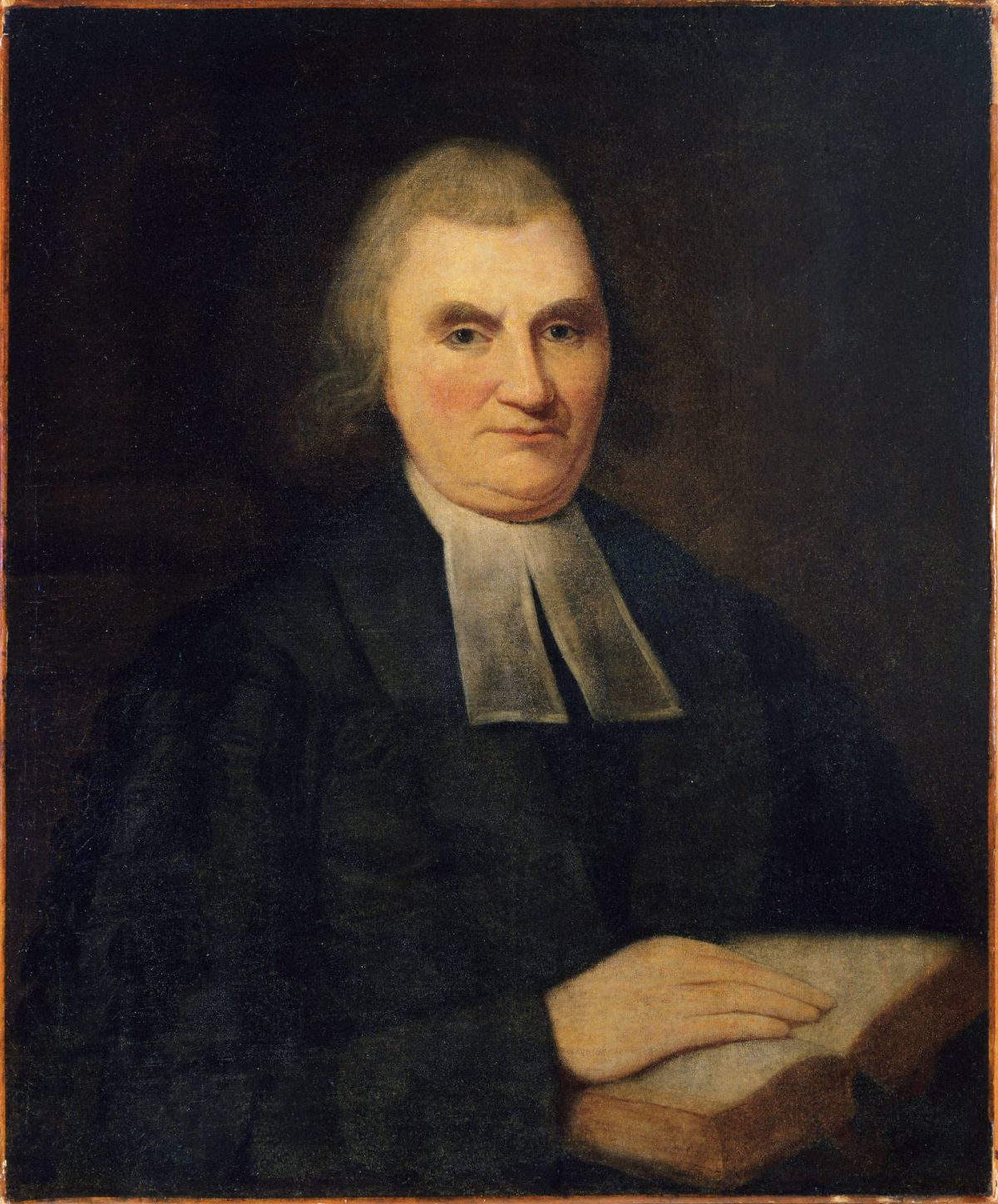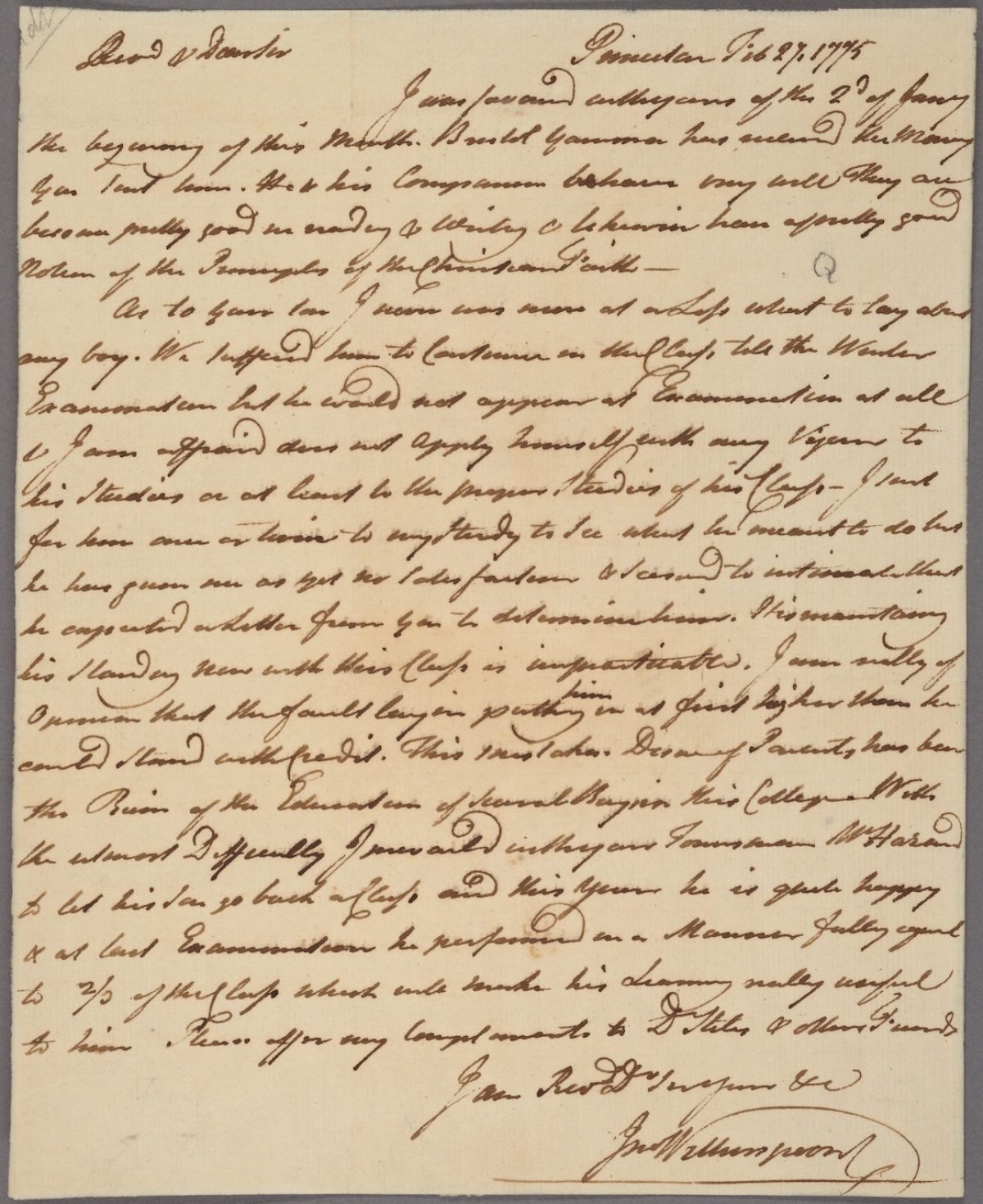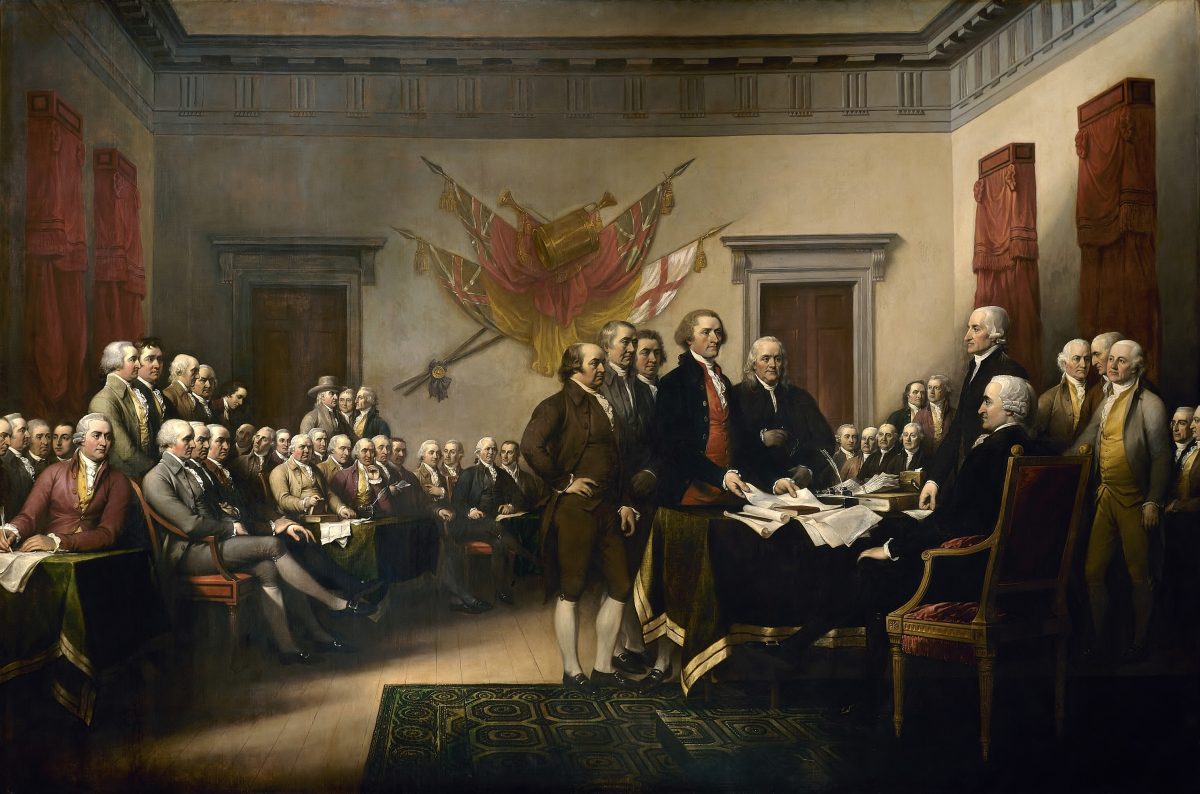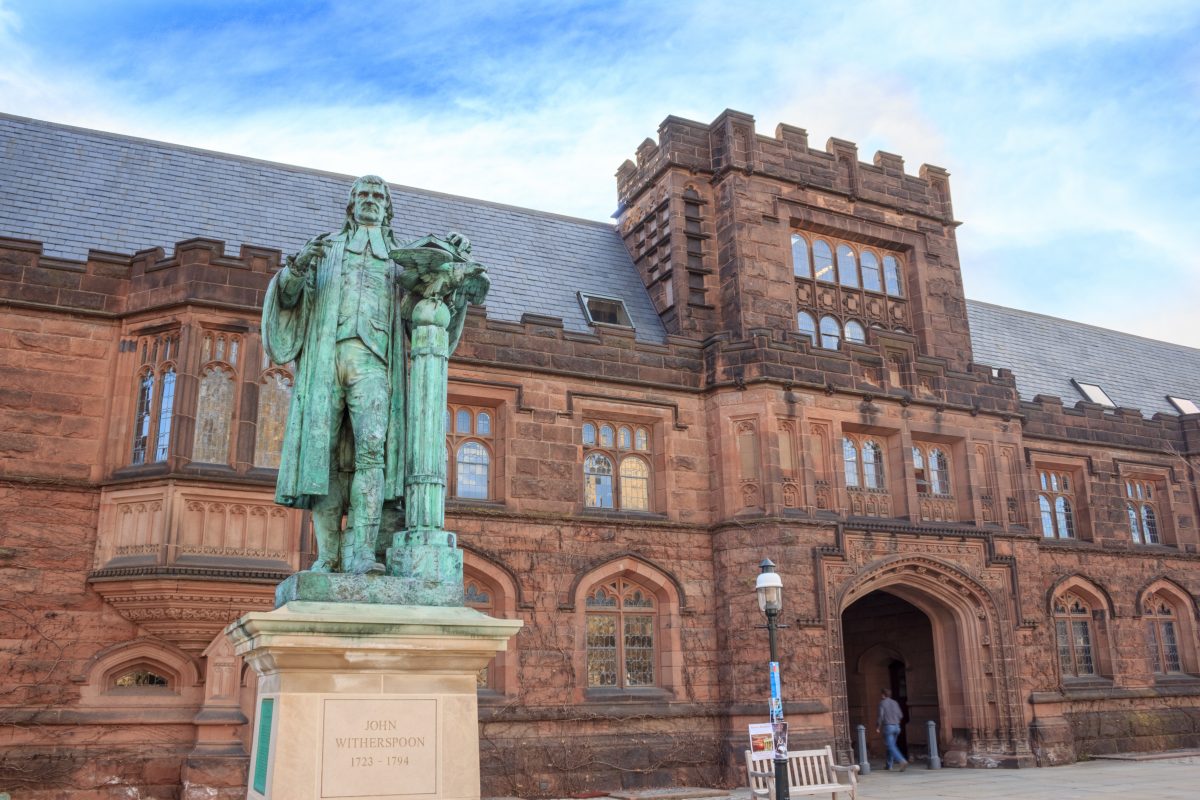[1]
Thomas Jefferson Wertenbaker, Princeton, 1746-1896 (Princeton, NJ: Princeton University Press, 1996), 7; “The Montgomery Slavery Case, 1756,” The National Archives of Scotland, accessed 16 August 2007, http://www.nas.gov.uk/about/070823.asp.
⤴
[2]
“The Montgomery Slavery Case, 1756.”
⤴
[3]
William Harrison Taylor, ed., Faith and Slavery in the Presbyterian Diaspora (Bethlehem, PA: Lehigh University Press, 2016), 18.
⤴
[4]
Simon P. Newman, “Rethinking Runaways in the British Atlantic World: Britain, the Caribbean, West Africa and North America,” Slavery & Abolition (2016), 9.
⤴
[7]
In fact, the Presbyterian Church settled this matter in 1741, decreeing that “baptism simply freed slaves from the bondage of sin and Satan,” but did not free them from their physical bondage. Taylor, Faith and Slavery in the Presbyterian Diaspora, 18.
⤴
[10]
Ira Berlin, Generations of Captivity: A History of African-American Slaves (Cambridge, MA: Belknap Press of Harvard University Press, 2003), 53-81.
⤴
[11]
Both Stiles and Hopkins were Presbyterian clergymen who operated out of Rhode Island. The pair corresponded often on issues concerning the Presbytery. Both of their congregations welcomed African-American members, enslaved and free. See: Antony Dugdale, “Ezra Stiles College,” Yale, Slavery and Abolition, accessed 10 August 2017, http://www.yaleslavery.org/WhoYaleHonors/stiles1.html.
Special thanks to T. Jeffrey Clarke for bringing the date of Witherspoon’s move to Tusculum to the author’s attention. See John Witherspoon to Henry Remsen, letter dated 14 December 1779, reprinted in “Sugar, Tea, Silk Paid College Bills in 1779, Princeton Alumni Weekly, Vol. XXXI, No. 17 (February 6, 1931), p. 2.
For Witherspoon’s two slaves, see John Witherspoon; Biographical Information; 1834-1973; Office of the President Records : Jonathan Dickinson to Harold W. Dodds Subgroup, Box 2, Folder 13-14; Princeton University Archives, Department of Rare Books and Special Collections, Princeton University Library.
⤴
[12]
1778-1796; 1778-1796; Board of Trustees Records, Volume 1B; Princeton University Archives, Department of Rare Books and Special Collections, Princeton University Library.
⤴
[13]
It is unclear whether the College ever acted on the charge to fund Chavis. Chavis, John; circa 1796; Historical Subject Files Collection, Box 101, Folder 35; Princeton University Archives, Department of Rare Books and Special Collections, Princeton University Library.
⤴
[14]
David Walker Woods, John Witherspoon (New York: F.H. Revell Company, 1906), 179.
⤴
[15]
Berlin, Generations of Captivity, 103.
⤴
[17]
James J. Gigantino II, “Trading in Jersey Souls: New Jersey and the Interstate Slave Trade,” Pennsylvania History: A Journal of Mid-Atlantic Studies 77, no. 3 (2010): 282.
⤴
[18]
Woods, John Witherspoon, 217, 248.
⤴
[19]
Thomas Jefferson, Autobiography of Thomas Jefferson, 1743-1790 (1821), 44.
⤴
[20]
Witherspoon held intermittent positions in Congress from 1773 to 1776, then from 1780 to 1781. Collins, President Witherspoon, A Biography, 2:3.
⤴
[21]
John Witherspoon and Jack Scott, An Annotated Edition of Lectures on Moral Philosophy (Newark : London: University of Delaware Press ; Associated University Presses, 1982), 125.
⤴
[23]
Varnum Lansing Collins, President Witherspoon, A Biography, Vol. 2 (Princeton, NJ: Princeton University Press, 1925), 167.
⤴
[24]
James J. Gigantino II, “Trading in Jersey Souls,” 296-97.
⤴
[25]
Collins, President Witherspoon, A Biography, 2:177.
⤴
[26]
John Witherspoon; Biographical Information; 1834-1973; Office of the President Records : Jonathan Dickinson to Harold W. Dodds Subgroup, Box 2, Folder 13-14; Princeton University Archives, Department of Rare Books and Special Collections, Princeton University Library.
⤴
[27]
Wertenbaker, Princeton, 1746-1896, xxvii.
⤴








